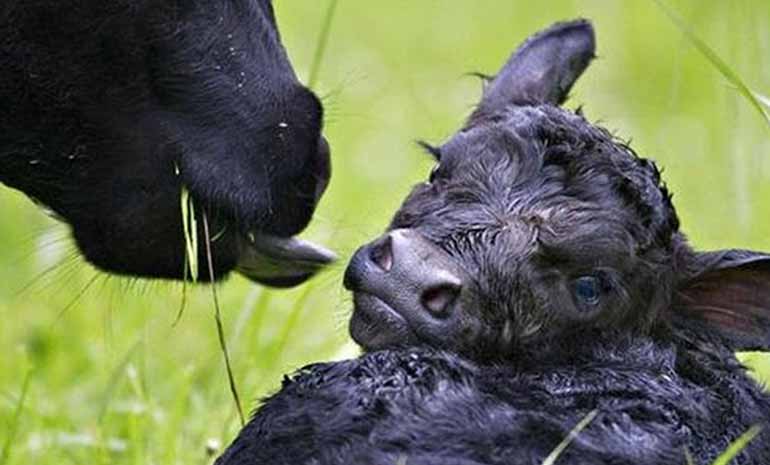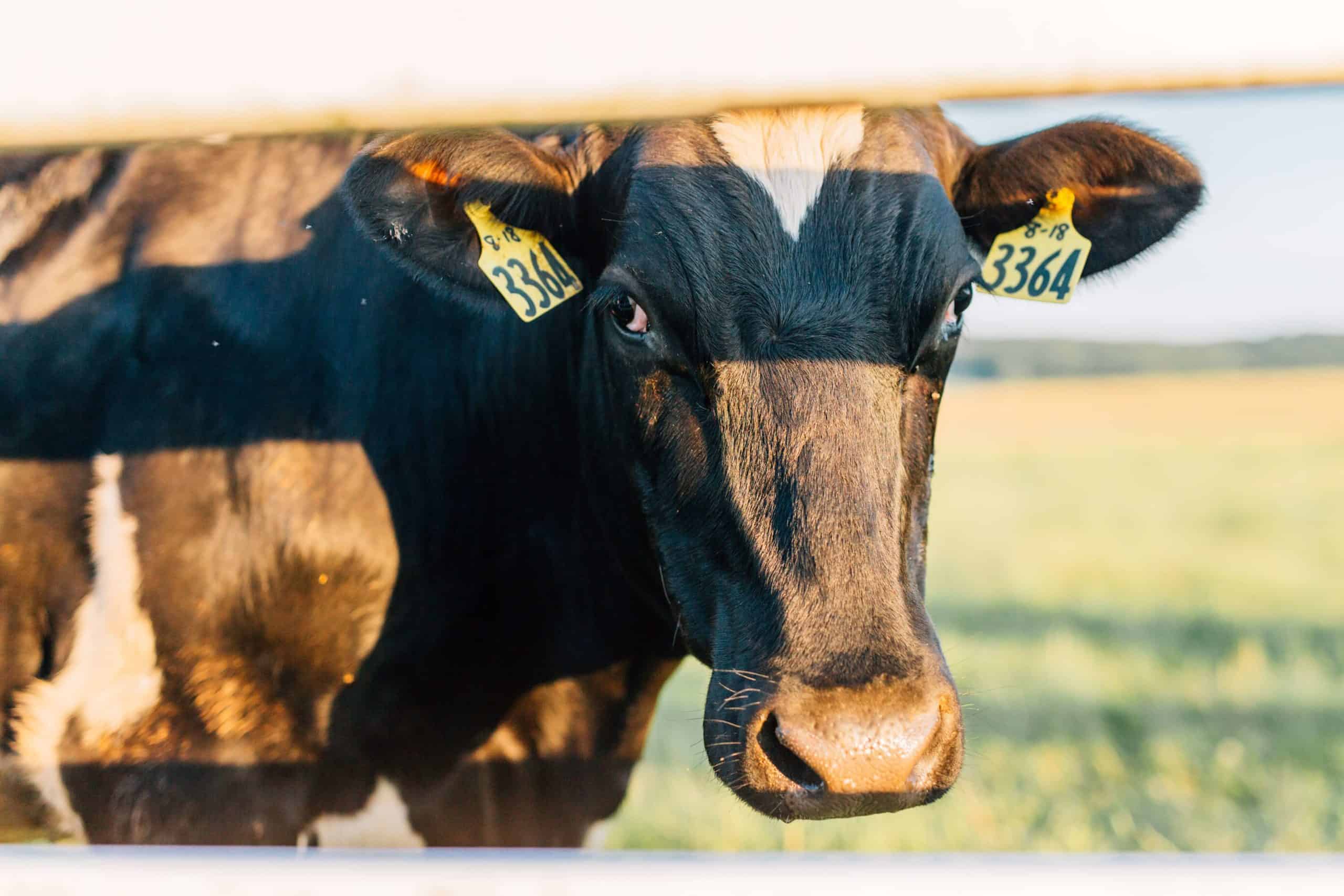Colostrum – too little too late

Colostrum-deprived calves have little or no immunity to the many pathogens in their environment.
What this costs you?
The financial costs of rearing calves increases when higher-than-normal mortality occurs in a shed. Medical intervention, drug and labour costs can be astronomical.
Test your calf
Testing of calves should be routinely carried out to ensure your supplier meets their animal husbandry obligations and supplies calves which do not suffer from failure of passive transfer (FPT) of immunoglobulins.
Blood Testing for IgG in your calf
To ensure you buy calves with sufficient colostrum, you should buy a tested calf or home-test it yourself. Blood samples can be tested to check for passive transfer of immunoglobulin. The Gamma GT test is a reliable indicator of colostrum levels and it is simple and inexpensive. The price is offset by assured immunity and subsequent lower treatment costs. Ideally, this should become the quality benchmark for a responsible dairy farmer. See your vet for test packs.
Why is colostrum so important?
At birth, a calf has a poorly developed immune system. The placenta does not allow the transfer of antibodies (immunoglobulins or Ig) from the mother to the foetus during pregnancy. True colostrum is rich in the antibodies that protect the calf from diseases in early life, before its own immune system starts working. Colostrum is also important as the first source of nutrients after birth.
Antibodies are proteins that identify and destroy disease-causing organisms, or pathogens, in the calf. Three major types of Ig are (IgG, IgM and IgA) are typically found in the colostrum in percentages of:
- IgG -85%-90%
- IgM- 5%-10%
- Igm -5%-10%
The three types of immunoglobulins have specific roles in the immune system:
- IgG identifies and helps destroy invading pathogens – in the bloodstream and in other areas of the body
- IgM identifies and destroys bacteria that have entered the blood
- IgA attaches to the membranes that line organs like the intestine, and prevents pathogens from attaching and causing disease
Timing
Timing is critical to a successful colostrum-feeding management program. The ability of a calf’s small intestine to absorb immunoglobulins drops rapidly over the first few hours of life. By the age of 24 hours, its ability to absorb immunoglobulins is nearly nonexistent. If a calf has not received any colostrum within 12 hours of birth, it is unlikely to be able to absorb enough antibodies to have adequate immunity. For this reason, a calf should receive the first feeding of colostrum within 1 hour of birth and 10% of its body weight in total colostrum within 10 hours.
Passive immunity
Passive immunity is the temporary protection that the calf receives from its mother. It protects the calf until its own immune system becomes active. With active immunity, an older calf is mature enough to produce antibodies in response to vaccinations or to fight infections that it is exposed to.
Ideally colostrum feeding provides a calf with a minimum blood serum IgG level greater than 10 mg/mL. As an alternative to testing for serum IgG levels, serum total protein levels may be measured. A serum total protein level of 5.2 g/dL is considered equivalent to the serum IgG level of 10 mg/mL.
Failure of passive transfer (FPT) occurs when the acceptable levels of total protein or IgG are not achieved by 24-48 hours after birth.
At 48 hours, the higher the concentration of IgG or serum total protein levels in the calf, the greater the protection against disease pathogens.
Studies show that calves with low immunoglobulin levels in their blood 48 hours after birth had a death rate over the next 8 weeks that was more than twice that of calves with acceptable levels of serum immunoglobulins.
Colostrum Tips
- Colostrum can be stored for long periods without loss of immunoglobulin
- Colostrum can be kept live with lactobacillus yoghurt or a colostrum keeper. Stir daily and replenish
- After 5 days, colostrum really only provides gut protection, but still remains highly nutritious
- A healthy dam has high levels of colostrum
- A farm that pools colostrum ensures a fairer spread to calves as dams vary
- Stomach drenching a calf with colostrum is best practice on-farm on first day
- Colostrum can be stored in plastic or stainless steel to which dried yoghurt has been added
- Use 1L of dried Easiyo® to 20L of colostrum to start a batch. Then simply keep reseeding new storage drums
- Store at 5-15º keep in the shade and stir at least twice daily
- Dilute 2 parts of colostrum to 1 part hot water and fed at 40ºC
- If you use fresh milk to dilute, NEVER use anything that contains antibiotics or you will compromise and possibly kill good bacteria
- Be scrupulously clean without using disinfectants

